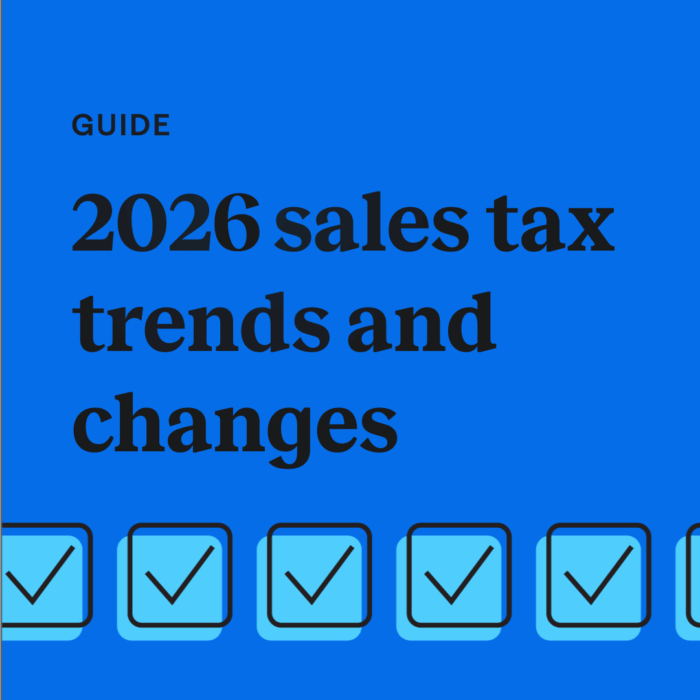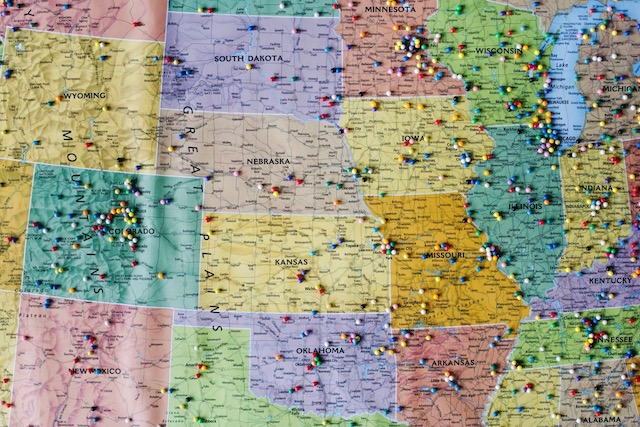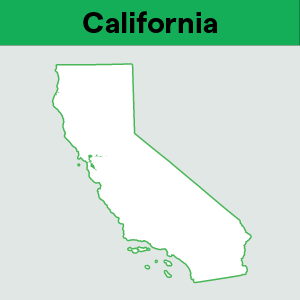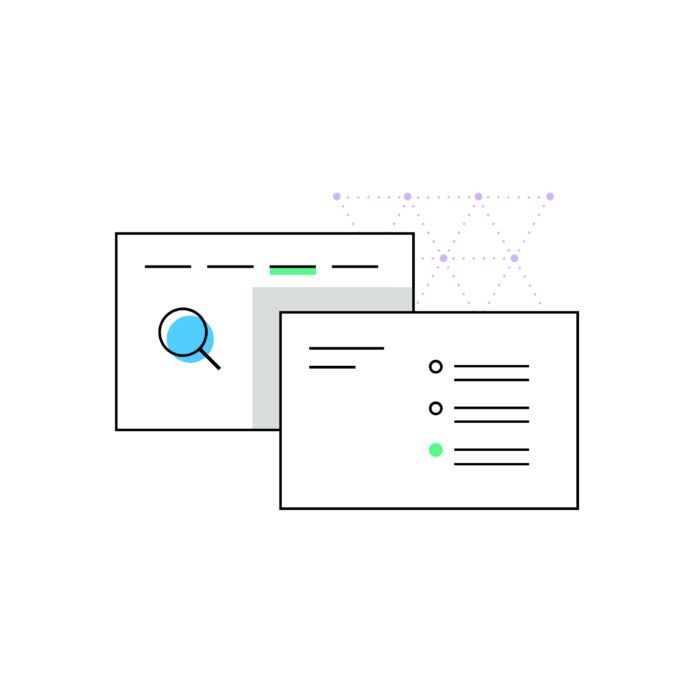Sales tax and non-taxable items
by February 24, 2025
In an ideal world, you’d charge one sales tax rate to all customers buying from your online store and that would be that. But in the real world, sales tax is multi-layered.
All forty-five states (plus DC) that require merchants to charge sales tax have a statewide rate. (Alaska also has local rates.) This usually varies from 4% to 8%. A handful of states are fairly simple sales tax-wise, and leave it at that state rate. This means, as a merchant with sales tax nexus in that state, you’d only charge each buyer the state sales tax rate.
But most states also have local rates. These could be county rates, city rates or some other special district rates. That’s why you might notice that when you buy an umbrella in Seattle (98101 zip code) you’d pay 9.6% in sales tax. But if you lost your umbrella in a freak cyclone and had to buy another one in Tacoma (98401 zip code) you’d only pay 9.5% sales tax.
As an e-commerce seller with nexus in a destination-based state like Washington, you’d have to keep up with sales tax rates at the ship to address of your buyer. Most states are destination-based, and most destination-based states have a whole bunch of sales tax districts, so this can get very tricky very fast. Sound way too complicated? TaxJar has your back. Start your free, 30-day TaxJar trial today.
But you’re smart, and you have TaxJar by your side. You have this all figured out right? Well here’s your monkey wrench: non-taxable items.
Non-taxable items 101
Non-taxable items are just one way that states throw a wrinkle into sales tax collection.
Some states either exempt items from sales tax completely or discount the rate of sales tax charged when purchasing that item. While this is great for consumers who will pay less to purchase a product, it can wreak havoc with sales tax collection because you have to reconfigure your sales tax collection for some items.
Here are a few examples of non-taxable items (and items that are taxed differently):
- In Ohio, computer hardware sold to some teachers is tax exempt
- In Connecticut, footwear that costs less than $50 is tax exempt
- In Colorado, prescription medical devices costing greater than $100 are tax exempt
There are even some weird ones:
- In Iowa candy with flour ingredients isn’t taxable. This means the Milky Way bar, which has a tiny bit of wheat flour, isn’t subject to sales tax. However if you buy the Milky Way Midnight bar, it IS subject to sales tax because it contains no flour
- In Vermont, “prepared food” (like you’d buy at a restaurant or deli) isn’t subject to sales tax, but it’s subject to “meals and rooms” tax
- In Pennsylvania, pumpkins used for decoration are taxed, while pumpkins destined for the cooking pot are not
On the other hand, states may also, such as with alcohol or cigarettes, impose additional excise taxes on some items. Sales tax is rarely uniform.
In general, clothing, groceries, medicines and medical devices and industrial equipment are sales tax exempt in many states (but don’t assume they’ll be exempt in all states. Every state is different when it comes to sales tax).
Try TaxJar for free
TaxJar offers one platform to manage every aspect of sales tax compliance from calculations to reporting to filing. Try our sales tax compliance platform for 30 days, completely free with no obligation.
Get startedSales tax holidays
Another sales tax emption comes in the form of the sales tax holiday. Some states declare sales tax holidays at certain times of the year – often at times of the year when bad weather traditionally occurs or as the new school year approaches. These holidays are designed to stimulate the state’s economy and get people buying preparedness items – whether its a laptop for school or hurricane shutters!
States will either exempt or reduce sales tax rates on certain items during sales tax holidays. It’s worth it to keep an eye on your state’s sales tax holidays and plan accordingly. Find a list of the 2024 sales tax holidays here.
Handling non-taxable items in your online store
You need to account for sales tax exemptions and sales tax holidays at the platform level. This means configuring the platform on which you sell to take either lower or non-existent sales tax rates into account for some items or item classes.
How easy this is depends on the platform on which you sell. In our experience, Amazon is the most sophisticated when it comes to allowing you to automatically account for sales tax exemptions. You simply class your products by their product tax code and Amazon keeps track of different exemptions in different states. If you are set up to collect sales tax in more than one state, be sure to account for sales tax exemptions in all states. Remember, there’s no nationwide set of sales tax rules. Every state is different!
Other platforms might require you to go so far as to set up a custom sales tax rate on an individual product or product class. Unfortunately, this may require manual work on your end. TaxJar makes this easier by only charging sales tax on taxable items, and automatically exempting non-taxable items. Learn more about TaxJar and get started for free, today.








